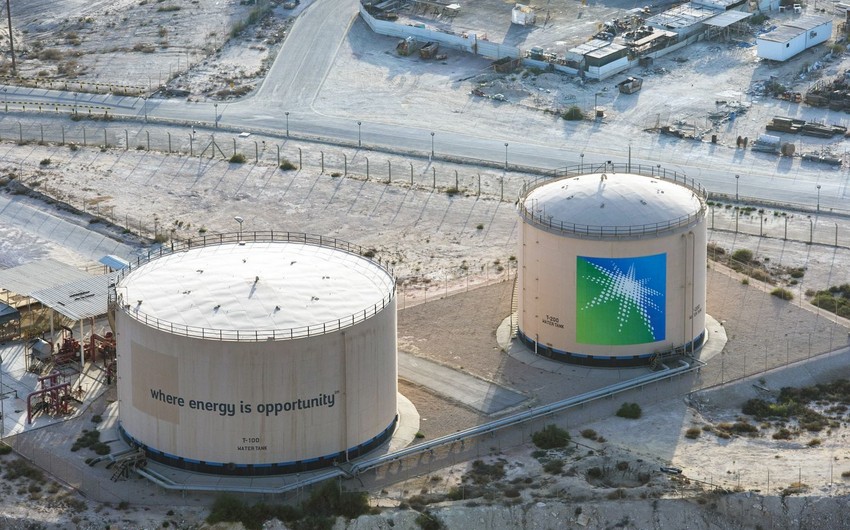Saudi Arabia has lowered most oil prices for Asia, in a sign of the regional market weakening with the global economic slowdown, Report informs referring to Bloomberg.
Rising interest rates and strict virus-related lockdowns in China have hit energy consumption, causing a 20% drop in crude futures since June.
State-controlled Saudi Aramco cut its key Arab Light grade for December sales to Asia, its main market, by 40 cents to $5.45 a barrel above the regional benchmark. That was in line with refiners and traders’ prediction of a 35-cent drop, according to a Bloomberg survey.
Yet Brent’s still trading above $95 a barrel because of the prospect of a fall in Russian exports from once the European Union tightens sanctions on December 5, part of the bloc’s efforts to punish Vladimir Putin for his invasion of Ukraine. OPEC+ -- a 23-nation producers alliance led by Riyadh and Moscow -- also decided to reduce output from this month.
Aramco’s official selling prices remain historically high amid the tightness of the physical market, in which actual barrels are bought and sold.
“It’s a tale of two markets,” Joe McMonigle, head of the International Energy Forum, told Bloomberg TV this week, adding that Russian supply could fall by between 1 million and 3 million barrels a day. “The physical markets are very tight. The paper markets are pricing in bad economic news and a bad recession.”
For Asia, Aramco reduced its medium and heavy oil grades to the lowest level in at least nine months. The company mostly raised prices for European buyers, who may struggle to find alternative supplies once the near-embargo on imports from Russia is in place.
The kingdom left pricing for the US unchanged.
Saudi Arabia sells most of its oil under long-term contracts to Asia, pricing for which is reviewed each month. China, Japan, South Korea and India are the biggest buyers.


 https://static.report.az/photo/06b0ac2b-f45f-3a80-a5db-904ea4020dc4.jpg
https://static.report.az/photo/06b0ac2b-f45f-3a80-a5db-904ea4020dc4.jpg

